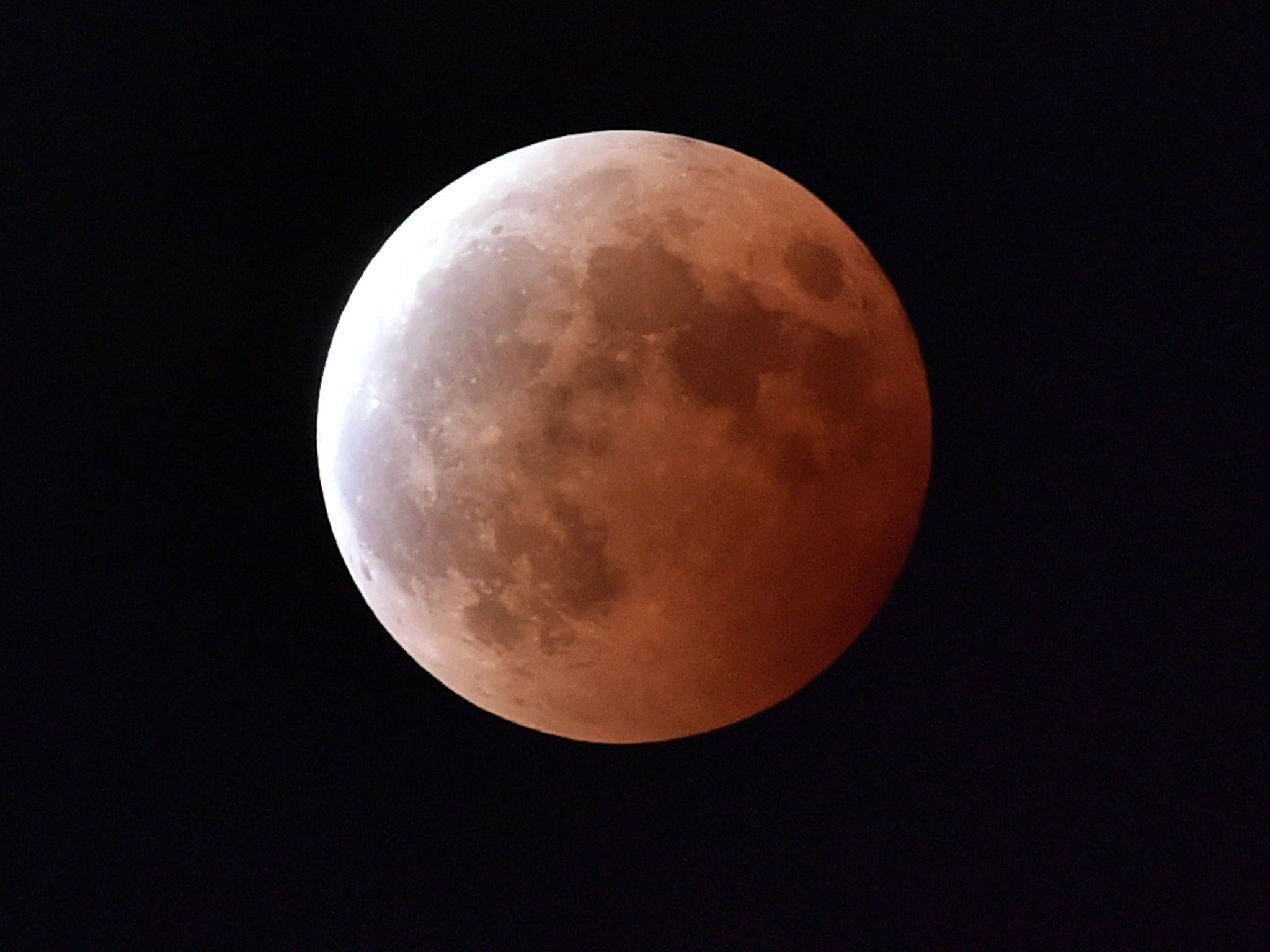Blood Moon 2014: Watch this amazing time-lapse video of the lunar eclipse
The lunar eclipse was the second and last of 2014, with two more expected next year

Your support helps us to tell the story
From reproductive rights to climate change to Big Tech, The Independent is on the ground when the story is developing. Whether it's investigating the financials of Elon Musk's pro-Trump PAC or producing our latest documentary, 'The A Word', which shines a light on the American women fighting for reproductive rights, we know how important it is to parse out the facts from the messaging.
At such a critical moment in US history, we need reporters on the ground. Your donation allows us to keep sending journalists to speak to both sides of the story.
The Independent is trusted by Americans across the entire political spectrum. And unlike many other quality news outlets, we choose not to lock Americans out of our reporting and analysis with paywalls. We believe quality journalism should be available to everyone, paid for by those who can afford it.
Your support makes all the difference.Evening sky-watchers in much of Asia and early risers in America were treated to the incredible sight of the moon turning red in Wednesday’s lunar eclipse.
Called a ‘Blood Moon’ for its red hue caused by sunlight scattering off of the Earth’s atmosphere, the lunar eclipse was the second and last to be seen in 2014.
Wednesday’s spectacle was part of four total eclipses in a two year period and is known as a tetrad. The next two eclipses are expected in 2015, the first on 15 April and the second on 28 September.
The so-called tetrad is unusual because the full eclipses are visible in all parts of the United States, according to the retired Nasa astrophysicist Fred Espenak.
Observatory astronomer Geoff Wyatt called the sight “very spectacular,” adding: “The cloud certainly got in the way, but we’ve seen it during totality and of course that’s always the highlight – to see that lovely, reddish-brown colour”.
For the parts of the world that were unable to see the Blood Moon, both Nasa and the Slough observatory held livestreams.
Additional reporting by agencies
Join our commenting forum
Join thought-provoking conversations, follow other Independent readers and see their replies
Comments